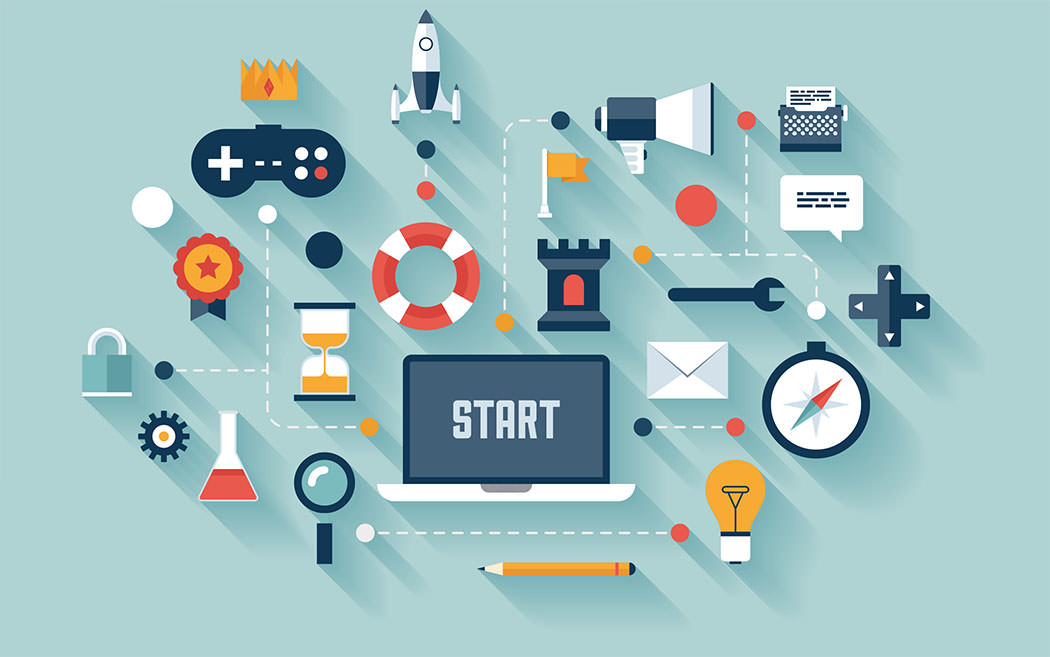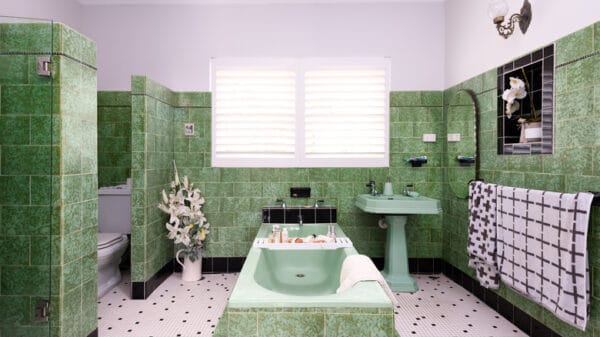What is User Experience? What is User Interface design? What is the difference between the two? A user experience can be described as how a person feels when interfacing with a system. A system can be a mobile app, website, desktop software or any product really. Any time we use a system, from Facebook to a toaster, we develop feelings about the interaction. User Experience (UX)designers specialize in the study and analysis of how users feel about using systems. They will review ease of use, system perception, utility, efficiency and other tasks. On the other hand, a user interface is the means by which a user can interact with a system. User Interface (UI) designers will special in the design of user interfaces.
UX Design is important because the focus is on user needs and how to best meet them. From mobile apps to websites to desktop software, systems these days must offer a great user experience or they will not engage users. UX Design gives you the tools to create a great user experience that will keep your users coming back to use your system over and over.
Here are 5 practical precepts of UX Design:
Utilize wireframes
Wireframes are your roadmap. Make sure you start with wireframes for your system and devote reasonable time to it because it will be your blueprint to success. They will provide a framework for the experience and will allow you to identify problems ahead of time. This is the stage where functionality and usability work together to create a great user experience. Overlooking this step so as to quickly get to the look and feel can be a huge mistake.
Being able to view the features without creative will allow you to focus on the other aspects of the project and carefully consider how the various features will work together. Not being distracted by creative proves to be very vital at this stage and can be invaluable to creating a great user experience. Using wireframes puts the focus on usability and functionality, forcing you to look objectively at a design’s ease of use, navigation placement, feature placement, and information architecture.
Make users the priority
Your UX design should be based on what the user’s desire or need. It’s easy to design for yourself,but does that represent the wants and needs of your users? When a user uses your system, they should encounter the things they are looking for in an ‘easy to use’ and intuitive fashion and they should have fun while using your system. This way, users will enjoy your user experience and your system can become successful. Don’t forget about making the user the priority because if you do, all the hard work, time and money you put into your system could go to waste. You will also find out that a great user experience will help create an attraction for your system as users will recommend your system to others just because of the great design that makes it easy to use.
But how do you know what your system’s users want? You will need to talk to your users about what they would like in your system and how they want to accomplish tasks in it. You need to understand what they are trying to achieve, how they are trying to achieve it and what they would change about the current process to make it better.
Get feedback
To understand your users better, within every system that you create, you should have a systemized way to ask for feedback from your users.According to both common sense and research, feedback helps to improve and enhance systems. Feedback can help the designers to understand what users want so they can improve the design to be more pleasing to the user. Those design choices will be informed decisions rather than just trying to improve the look or moving to a more modern style. For top performing systems, continuous improvement is not just a catchphrase. Make sure you remember that feedback is only helpful when it highlights your system’s weaknesses as well as its strengths. Feedback also gives you the opportunity to engage with your users and improve the customer experience.
Stay focused
Systems usually start with a focused approach; however, as time goes on that focus will often be compromised by scope creep. You want to make sure you nail your project right out of the gate and the best way to do that is with a tightly focused system. Many good systems are ruined by adding too many unnecessary features. As users are able to experience your live system, you will be able to figure out user demand and from there begin to expand functionality. Rather than just assuming features are ‘nice to have’ and adding them on, wait until you get more information from your users as they spend time with your system. It’s easy to quickly react to feedback but you have to keep your eyes on the prize.
Test and watch
You need to test your system again and again and again. In this way, your product can improve over time.You cannot design a successful product in a day, and don’t even try to because all of your efforts would just be in vain. Make small changes time to time to your system. Try using different button styles or adjusting background colors and it can improve conversion rates. Your goal is building a better overall experience with your system because that experience is what matters to users. Make changes to both UI and UX and then find how the users feel about adjustments. To be effective, you have to make data your best friend; data is always there for you to help guild you.
The best user experience is when your system is easy to digest, your system is easy to trust, your system is easy to understand, your system is easy to adopt and your system is easy to recommend to other users.
Diwiyne Johnson has worked for Vanity Point – a Mobile App Design and Development Company, for the last seven years. In her free time, she likes to play chess with her friends.

1 Comment
Leave a Reply
Cancel reply
Leave a Reply
This site uses Akismet to reduce spam. Learn how your comment data is processed.

























































































































































































Adriana Rylee
September 1, 2016 at 3:20 pm
You know, I totally agree with you. I think the secret of perfect web design in simplicity. As this article says, the simpler the image, the more likely that the user will see something for which he had come to the website. The whole essence of UX in quality development.